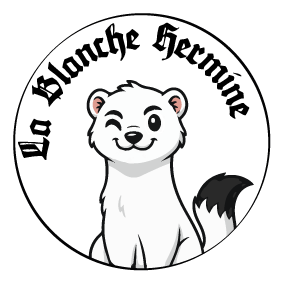Japanese fabric patterns
The traditional patterns of Japanese fabrics are present everywhere today: linens, clothes, bags, COVID masks ...
However, we regret that those who use them rarely know their name, origin or meaning.
The models presented here stand out for their geometric construction, with elementary shapes: circle, square, rhombus or hexagon.
But their design is not so simple and, only with a ruler and a compass, like in sacred geometry, we invite you to retrace them.
Seigaiha is probably the most common pattern, and there are many variations, with sometimes inclusions of flowers or animals. And that's good for creativity, even if sometimes the waves disappear and you think you see fans.
But some models are particularly unsightly, poorly proportioned. When we know the importance of harmony for the peoples of the East ...
Apart from the shibori pattern, which is produced in a different way, you have to imagine these shapes engraved on a stamp to which dye is applied and then affixed to the fabric to be decorated. The technique being carried out by hand, it was necessary to be very precise to maintain the regularity of the pattern.
It is not lost since still in use for example in India with the fabrics stamped with Paisley patterns.
back to the Japanese jewels collection
Some examples of jewels with Japanese fabric patterns...
|
We cannot display on these pages all the combinations of jewels and accessories with the Japanese patterns presented below. See also: our pattern & jewels design service. |
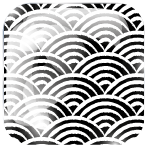 青海波 Seigaiha
青海波 Seigaiha
In Japanese, 青海波 seigaiha means wave blue sea. This pattern therefore represents stylized waves, and not fans.
It is also found on paintings representing seascapes or sea charts.
Waves, symbolize power and resilience through the constant ebb and flow of life like the tide.
Stamped on fabric since the 6th century, it is one of the oldest printed fabrics in the world of which we have a trace.
 麻の葉 Asanoha
麻の葉 Asanoha
In Japanese, asa means hemp and noha means leaf. The 麻の葉 asanoha pattern is therefore the repetition of stylized hemp leaves.
Linen and especially hemp were used for a long time in the making of fabrics before the import of cotton.
Since hemp is fast growing, this pattern is often used for baby and children's clothing.
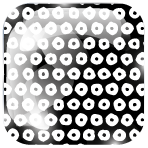 絞り Shibori
絞り Shibori
The 絞り shibori dyeing technique used in Japan since at least the 8th century.
Its principle is to fold regularly (in a square or in a triangle for example), to tie the corners of the fabric then to dye it. The untied knots will reveal the original color of the fabric.
 菊菱 Kiku bishi
菊菱 Kiku bishi
菊菱 Kiku bishi represents chrysanthemums arranged in rhombus or diamond, flower symbolizing power, virtue and longevity in Japan.
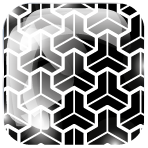 吉根 Kikko
吉根 Kikko
The hexagonal shape of the 吉根 kikko pattern is the stylization of a tortoise shell, a symbol of longevity.
We also find this pattern with, for example, floral inclusions.
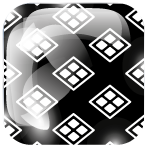 みえだすき Mie dasu ki
みえだすき Mie dasu ki
The みえだすき mie dasu ki pattern is the stylized representation of buds.
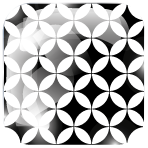 七宝 Shippō
七宝 Shippō
In Japanese, 七宝 shippō means diamond.
The existence of this print of a pattern on fabric is attested as early as the 8th century.
This pattern made up of intertwined circles symbolizes the 7 treasures of the Buddhist scriptures (gold, silver, lapis lazuli, mother-of-pearl, carnelian, pearls and agate depending on the version).
It can also represent the technique by partitioning metal for the realization of enamel or ceramics.
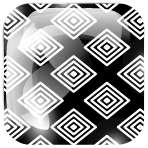 ひし形 Hishigata
ひし形 Hishigata
The word ひし形 hishigata means rhombus in Japanese.
This patterns can also represent diamonds, a sign of prosperity.
 紗綾形 Sayagata
紗綾形 Sayagata
The 紗綾形 sayagata pattern is the endless repetition of the Buddhist manji, swastika, as a symbol of eternity.
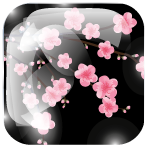 桜 Cherry blossom
桜 Cherry blossom
This cherry blossom pattern, 桜 sakura, was made for an order of one of our customers.
